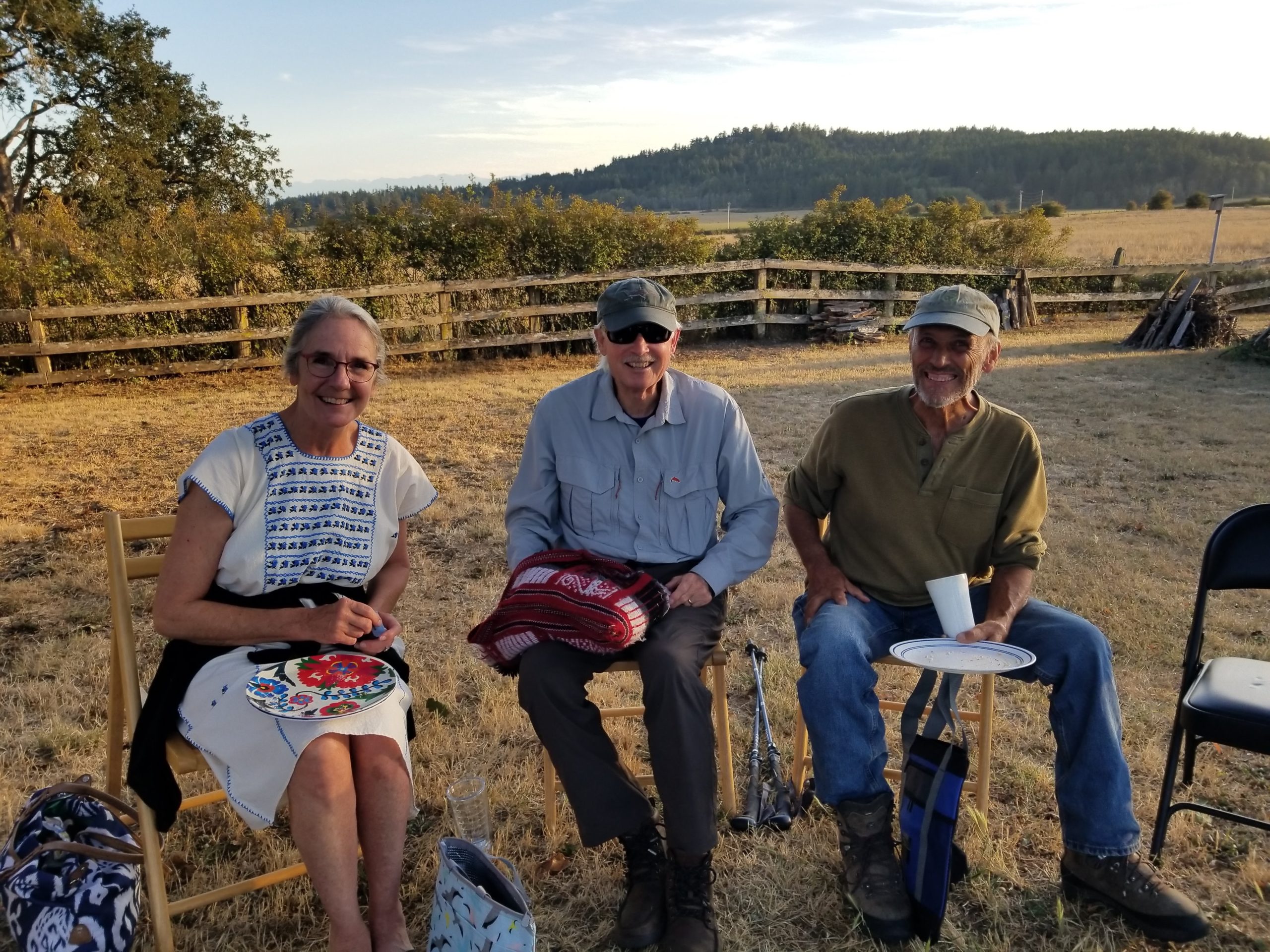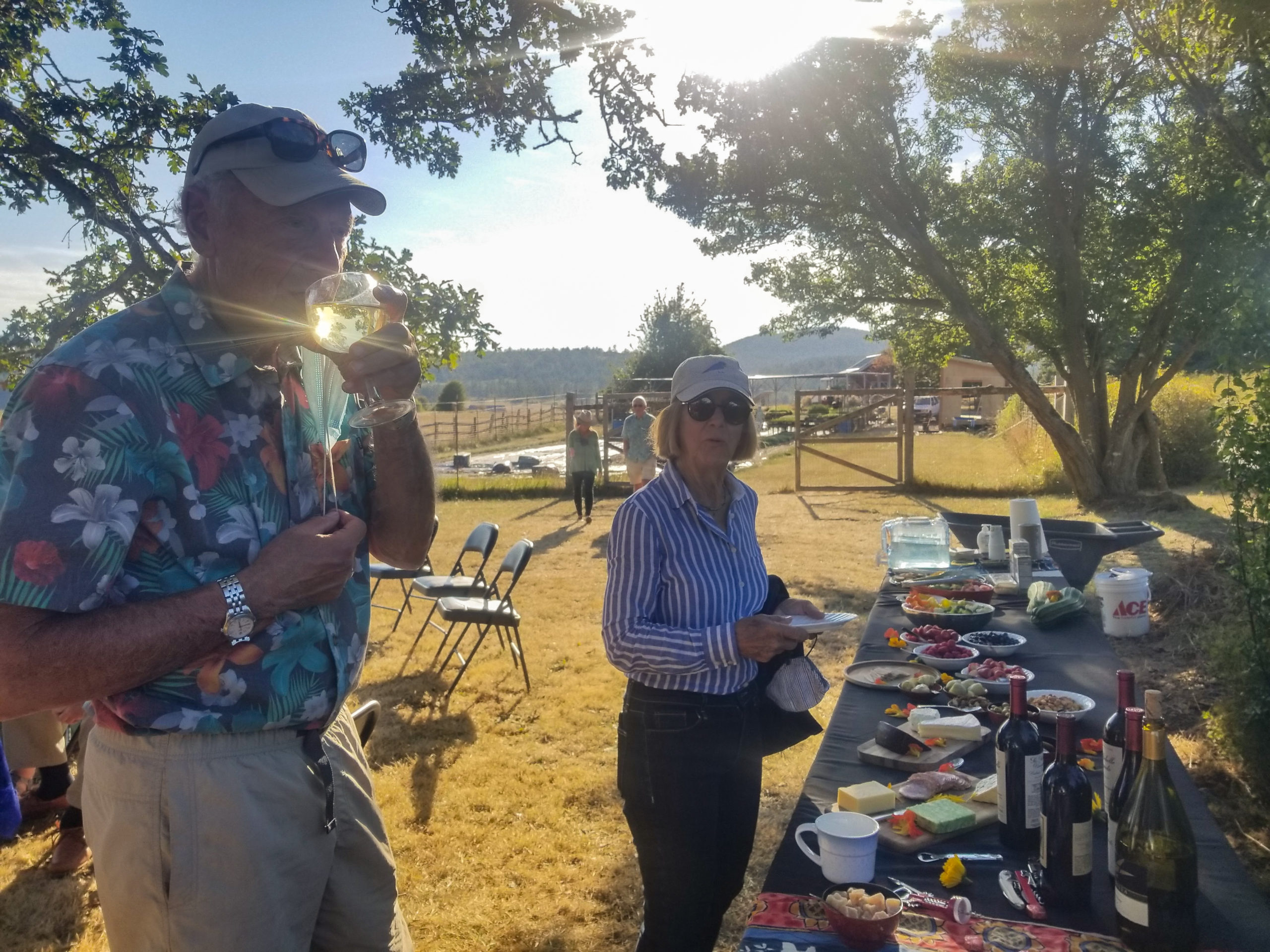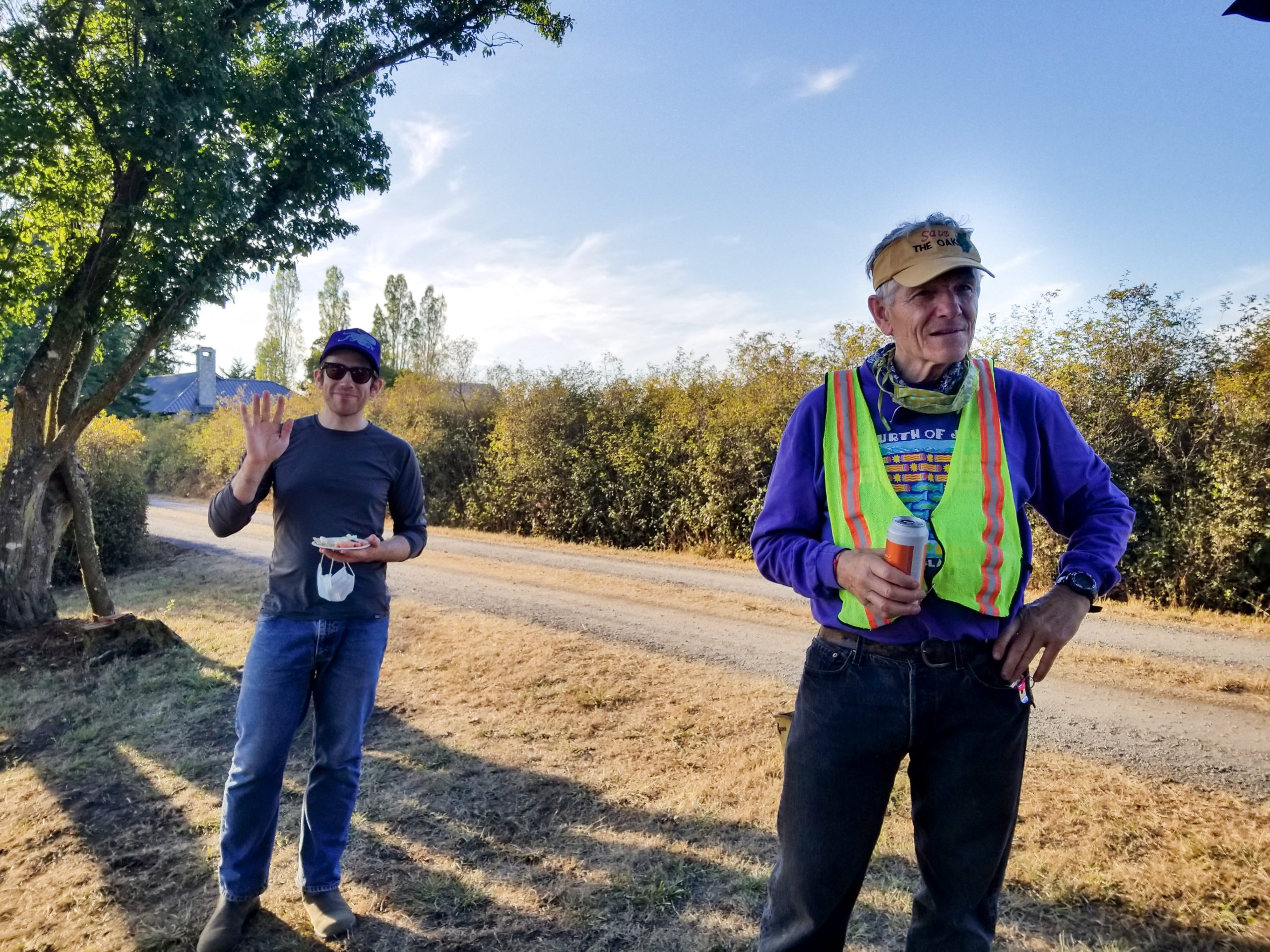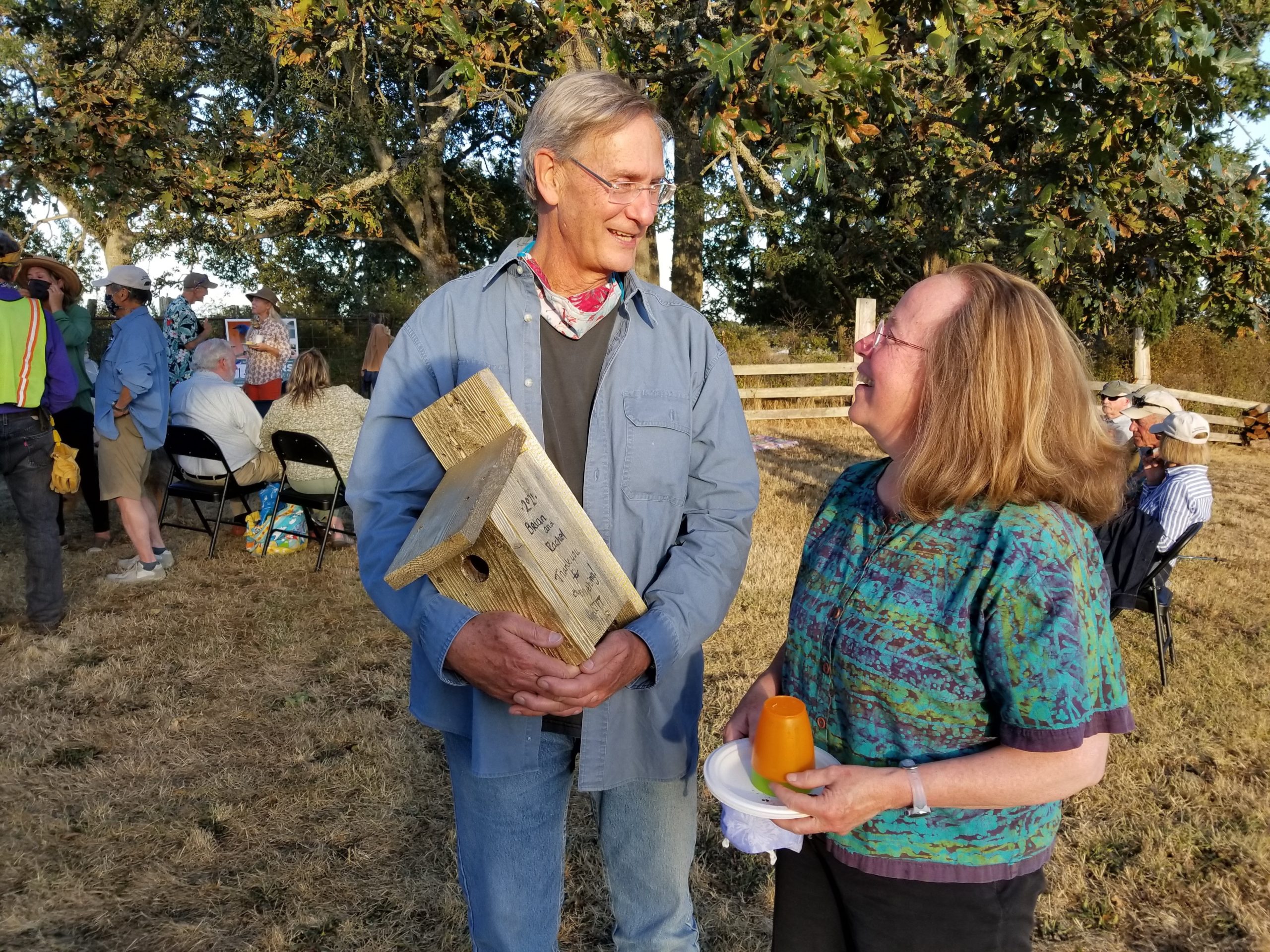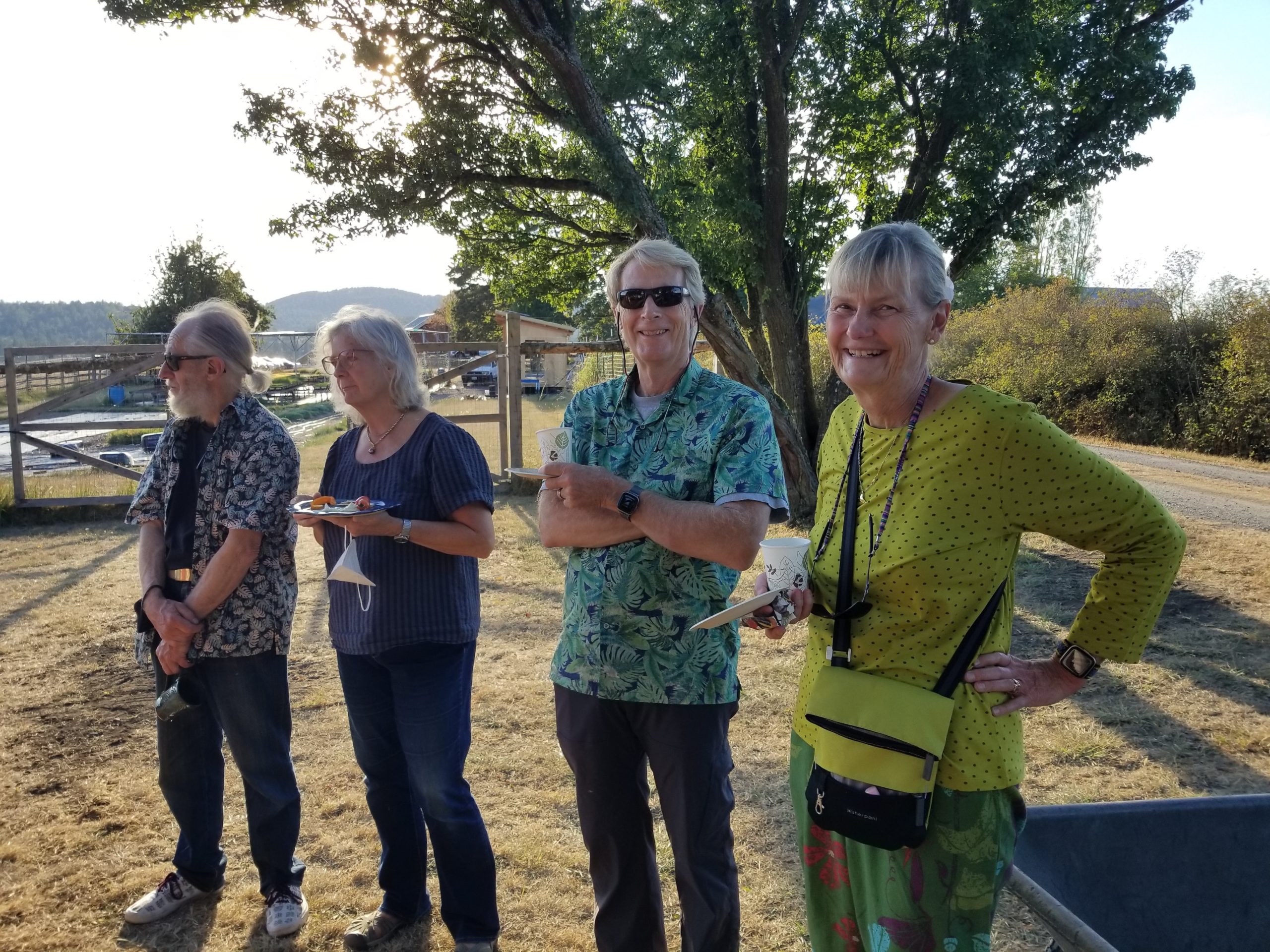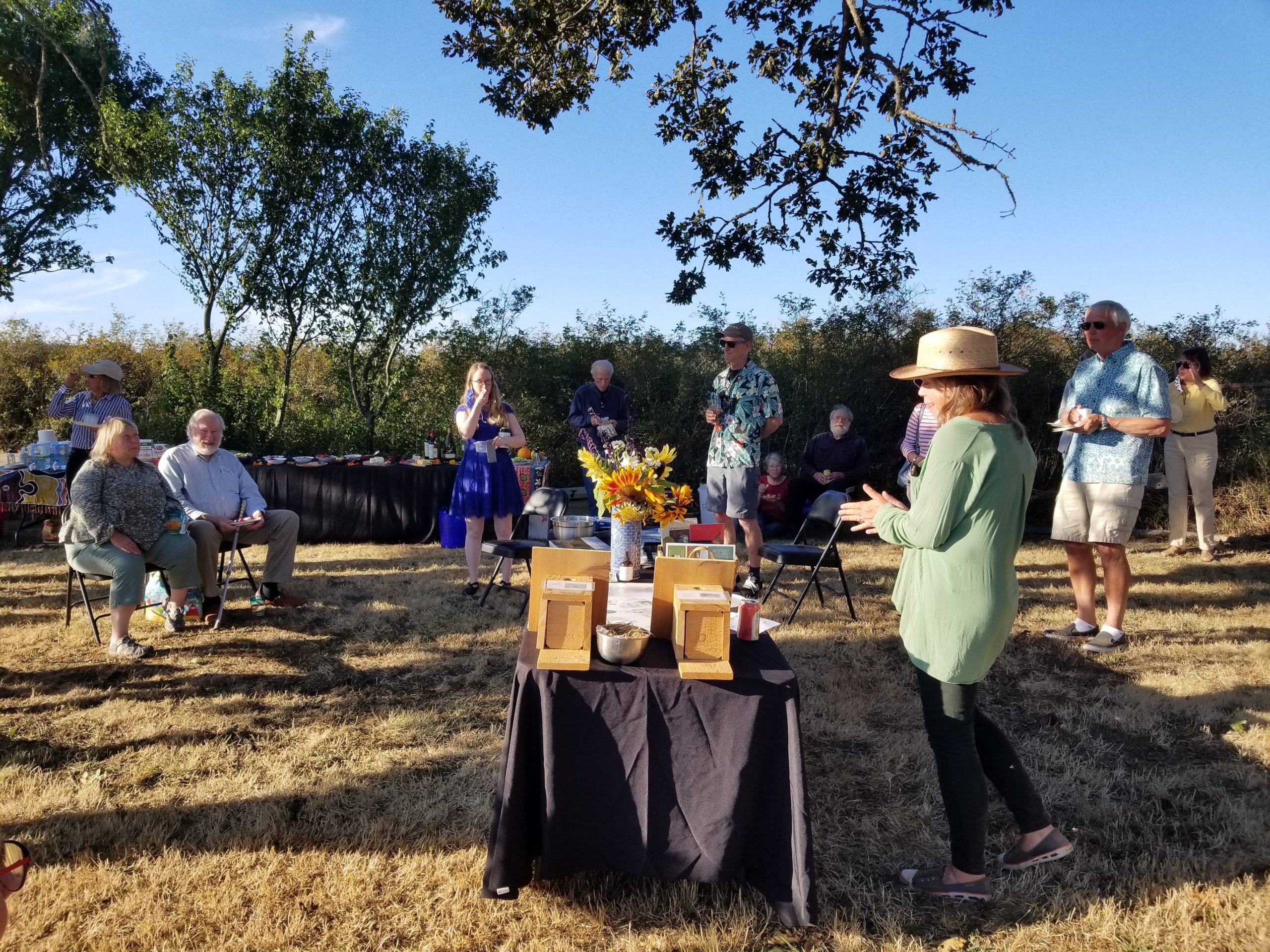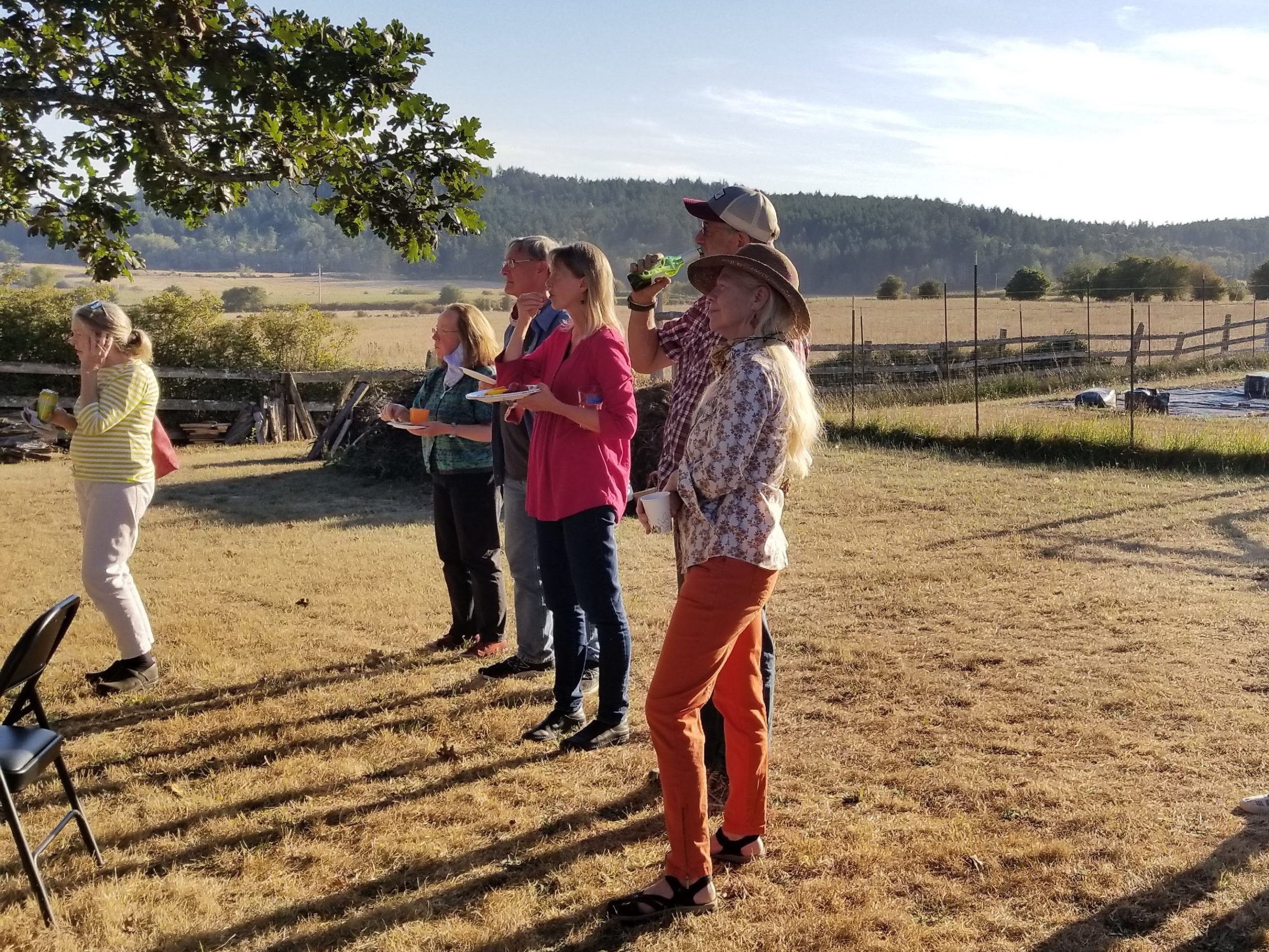Preservation Trust staff and a great number of bluebird volunteers once again led the charge in supporting the Western Bluebird population on San Juan Island. As we’ve reached the end of the 2021 nesting season, it’s fair to say that the population remains steady (over the last several years the population has hovered around 30 adult bluebirds). We attribute this steadiness to human intervention.
Some species, like the Western Bluebird, are conservation-dependent in the San Juan Islands, where populations were once abundant. This means that without active help from humans, the local populations will most likely decline until they disappear entirely. This is due to several factors—one major factor being habitat loss. Western Bluebirds are cavity-nesting birds, and naturally occurring cavities are disappearing—hence the importance of the nest boxes that our volunteers host, monitor, and maintain. Here’s a look at what we found this season.
BY THE NUMBERS:
- 29 confirmed adult birds were found on San Juan Island (7 were nonbreeding adult males, 2 were found deceased before the breeding season began)
- 3 Adults were unbanded (not previously banded by our program)
- 2 Adult females came from outside of our current population—1 from Joint Base Lewis-McChord (JBLM) and 1 from Cowichan Valley (COW)
- Out of 14 successful nests, 49 juveniles were leg-banded by SJPT (bands enable identification for population monitoring)
GOOD NEWS:
- Adult population is still holding steady, not growing much but not declining either.
- Nest success (% of nests that fledged young) holding steady at >70%
- Dispersal into population of JBLM and COW females
- Presence of unbanded birds in population indicates missed juveniles (population bigger than we document) or further evidence of dispersal
- Due to our predator-proofing, there was a reduction in predator attacks. No nests lost to raccoons this year; 2 nests lost to house sparrows
NOT SO GOOD NEWS:
- Lower juvenile production this year (several single clutches, small clutch size); another factor could be slightly diminished monitoring
- Population heavily skewed toward males; females were relatively scarce and in high demand
- House sparrow predation will require continued vigilance
JUST FOR FUN:
- At the beginning of September, we held our annual Bluebird Appreciation Party at Red Mill Farm Preserve.
- Find out who this year’s golden nest box winners are by clicking HERE!
- Enjoy smiling faces of our dedicated bluebird volunteers in the gallery below.
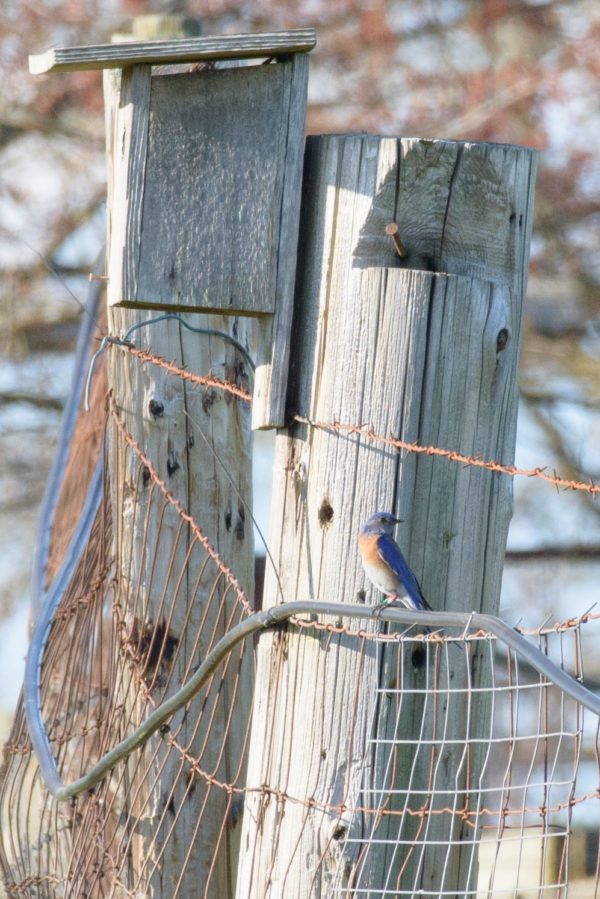
Where the Females at? | Kathy Finholm
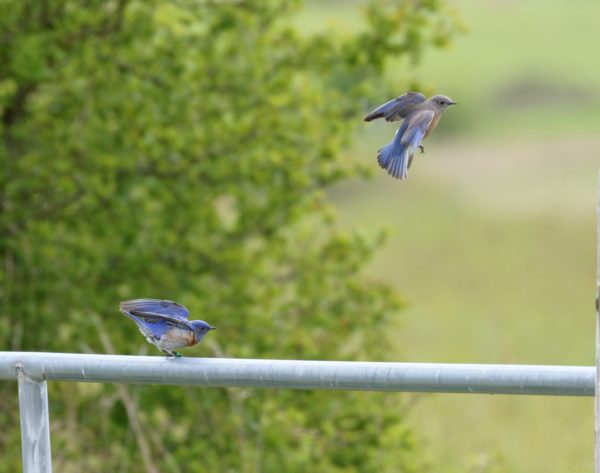
Oh, hey girl! | Kathy Finholm
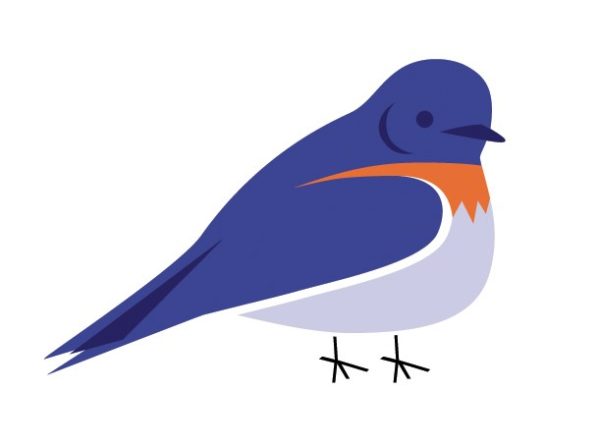
Want to become a SJI Western Bluebird Project volunteer? Please Sign up HERE!

